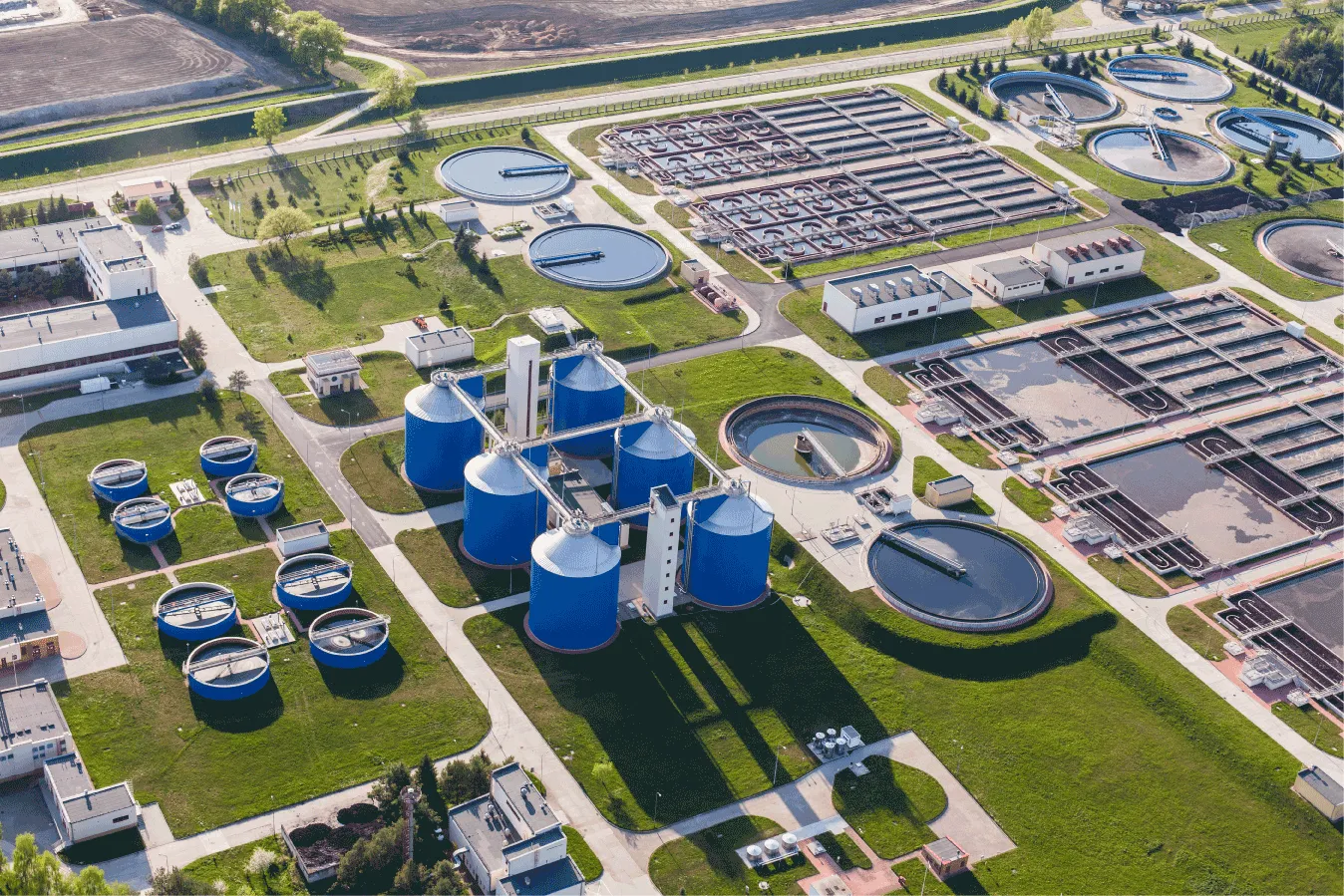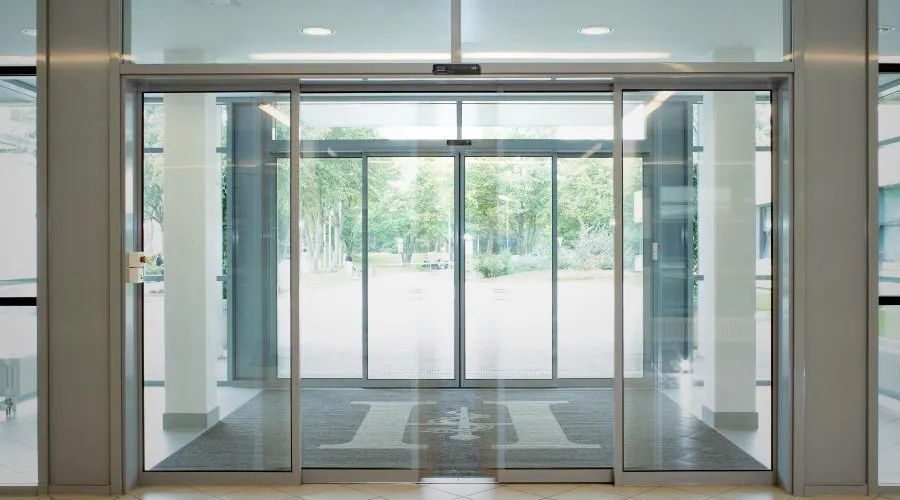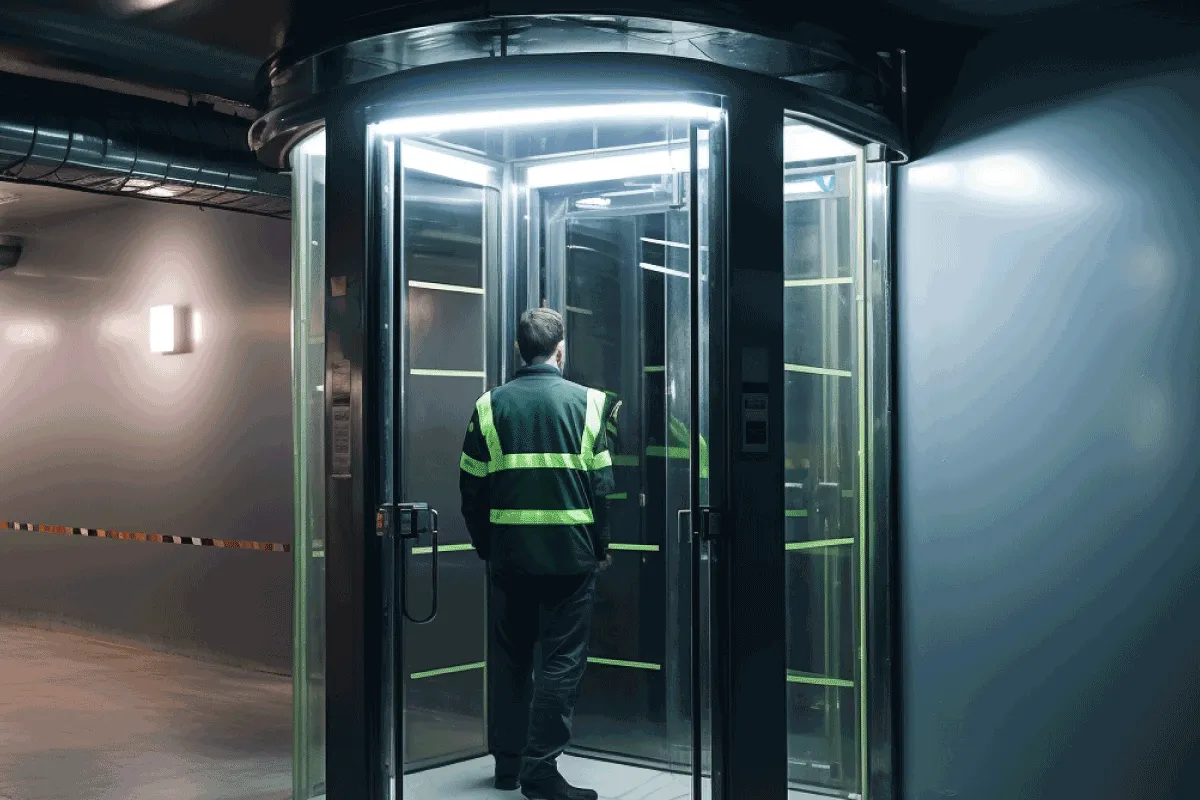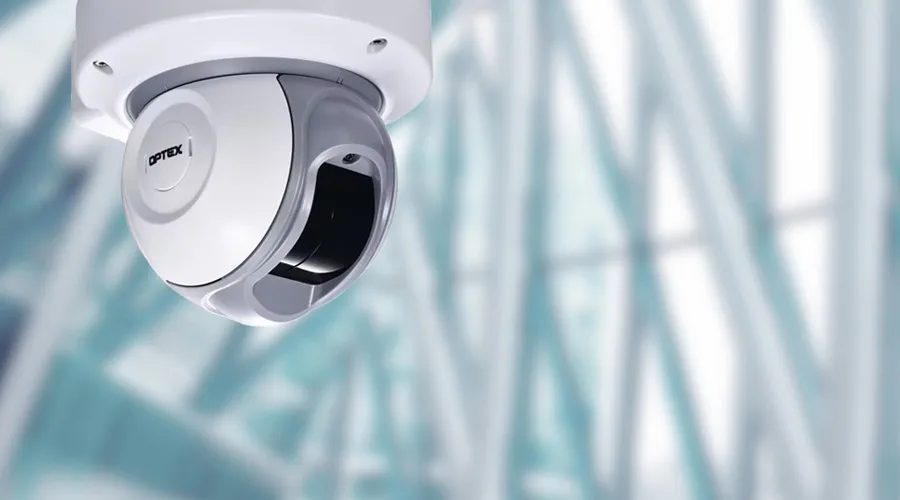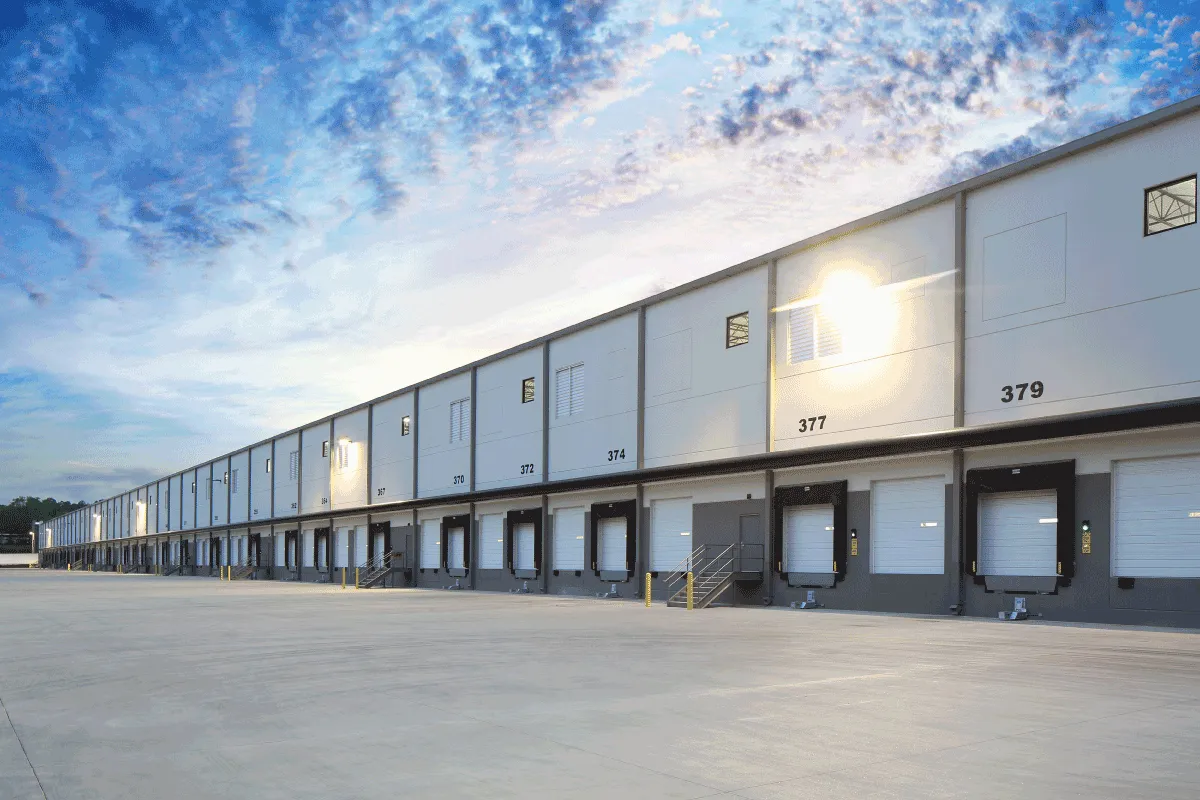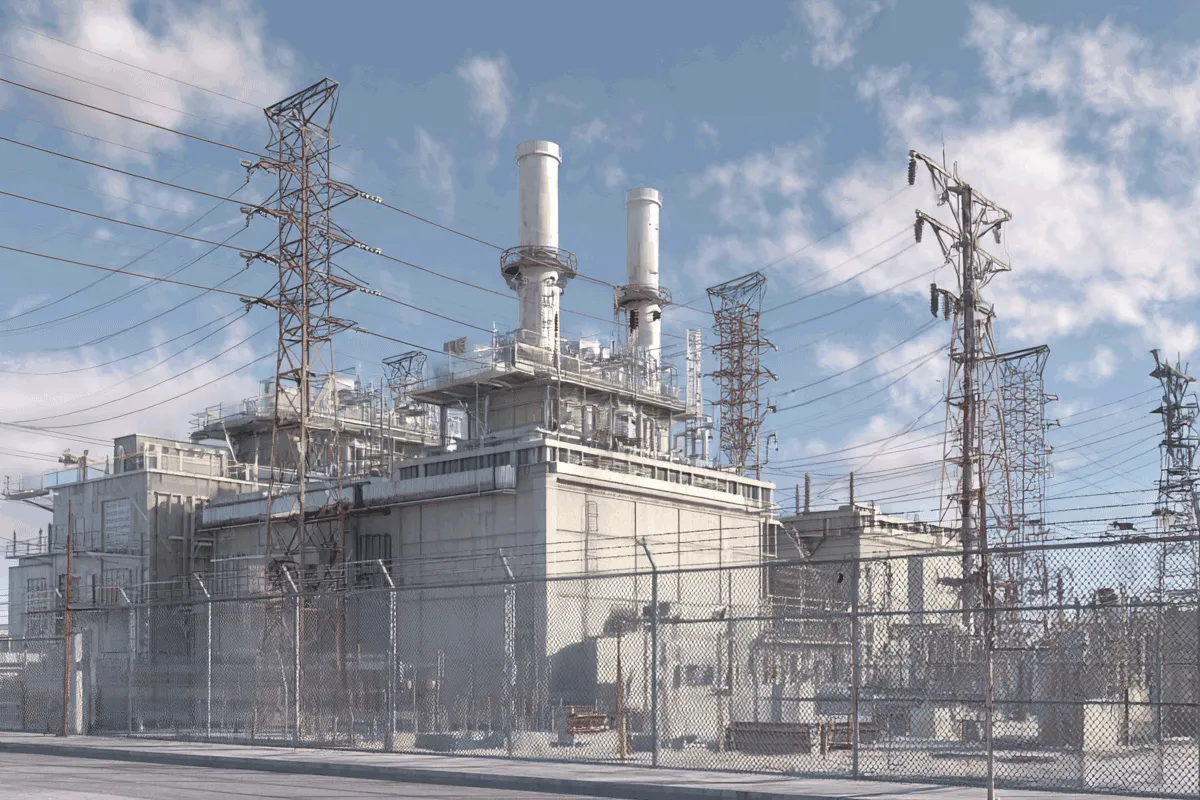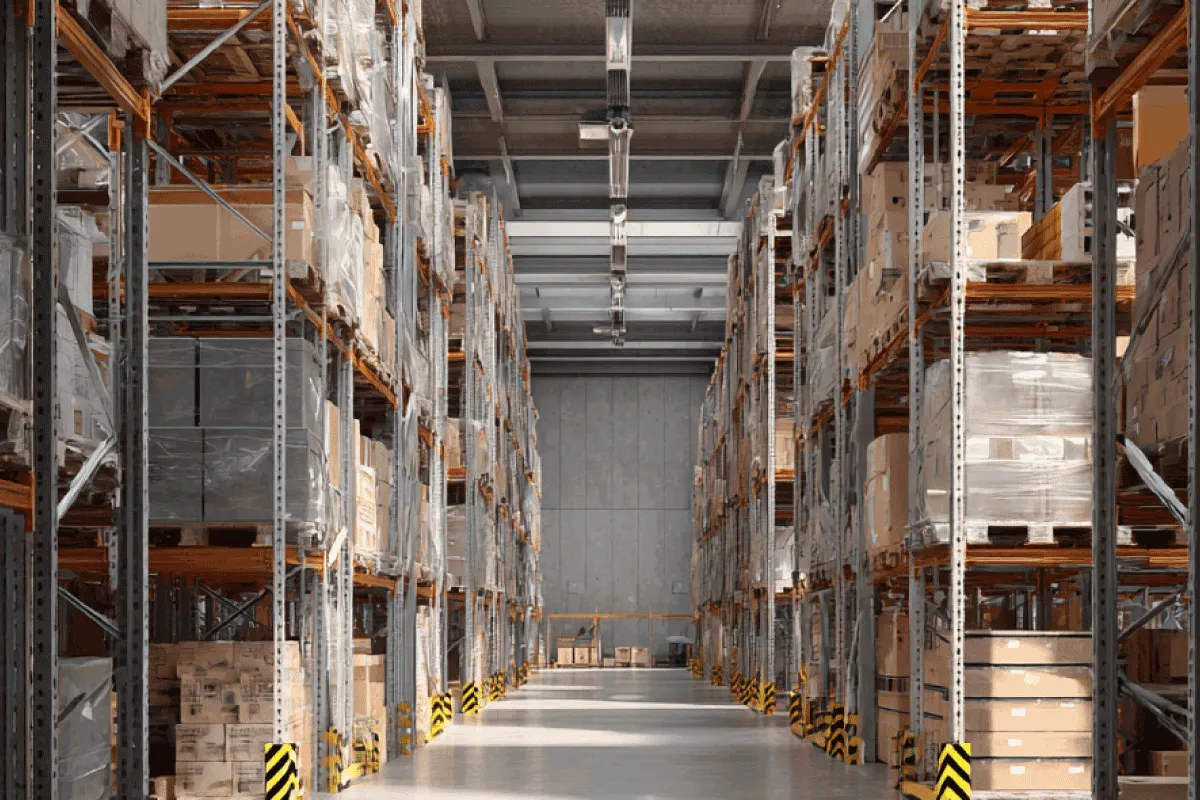Related Solutions
Related Product Series
Warehouses and logistics centers hold a pivotal role in the operations and assets of any business. These facilities, which can greatly vary in size, contents, and functions, serve as repositories for valuable goods, essential either for financial purposes or to sustain crucial production processes. Correspondingly, distribution centers, operating on a larger scale, function as major logistical hubs where fleets of laden vehicles often reside overnight, poised for early morning departures.
Despite their significance, both warehouses and distribution centers are susceptible to criminal attention. While internal threats (referred to as 'Shrinkage') can exist, the greater peril stems from external sources. These external threats encompass instances such as unauthorized individuals infiltrating the premises to access parked vehicles, their cargo, or even the facility itself to pilfer valuable items.
These external threats are frequently deliberate and tend to occur during periods of reduced surveillance, like holidays or weekends. However, due to the vast expanse of these facilities and their uninterrupted round-the-clock operations, vulnerability to attacks persists at any time. Additionally, vandalism poses a recurrent risk, capable of inflicting substantial damage on the infrastructure and causing cascading financial consequences.
Safeguarding the perimeter of these high-value targets poses a formidable challenge. With the ongoing expansion of e-commerce, distribution centers are expanding in size, some boasting perimeters spanning several kilometers. The sheer magnitude of these structures often situates them in remote locales, introducing an added layer of security complexity. Consequently, selecting a precise detection system is paramount to avert false alarms stemming from wildlife activity or weather fluctuations, issues that could be exacerbated by remote locations. Unfortunately, false alarms can inadvertently invite more theft, as intruders might exploit system unreliability, anticipating that some alarms might go unnoticed. Although fences and walls are common physical security measures, they can be inadequate deterrents, as criminals can breach these barriers by climbing over or exploiting unsecured gaps around gated areas.

Rapid response to intrusion incidents is essential, necessitating security personnel to pinpoint the breach location promptly and accurately. Adding multi-layered security can involve employing infrared (IR) beams and beam towers, running parallel to the perimeter. These elements provide a secondary warning in the event of unauthorized intrusions via the fence or detect individuals moving too close to the perimeter. IR beams operate on a point-to-point basis, covering distances of up to 650ft, triggering an alarm upon interruption of the beam path. In logistics settings, IR beams can alert when individuals approach the fence with the intention of throwing objects over it. Their wireless availability reduces installation costs, making them adaptable to challenging-to-wire zones and remote or temporary logistics centers.

For enhanced protection, REDSCAN LiDAR technology can be deployed vertically and horizontally, creating an imperceptible laser barrier that effectively detects intrusions. It finds utility across various applications, delivering highly accurate detection and providing precise X, Y coordinates to pinpoint intrusion locations. LiDAR proves invaluable in guarding gated perimeter access to eliminate vulnerabilities and blind spots as vehicles enter and exit. Additionally, it can be integrated into fencing to thwart climbing attempts. The technology also facilitates the establishment of pre-warning areas to detect loitering or approach to the fence line, discriminating against wildlife and minimizing false alarms.
The integration of OPTEX sensors with lighting, audio alerts, and CCTV systems adds another layer of deterrence against intrusions in most scenarios.
Mitigating warehouse theft necessitates a multi-pronged approach. Comprehensive protection demands a blend of technologies and security systems, with a primary emphasis on securing the perimeter using sensors. Integration with security cameras furnishes real-time insights to security personnel, empowering informed decision-making to devise effective responses.
You may be interested in


Protecting Medical Marijuana Facilities with OPTEX REDSCAN Advanced LiDAR Detection
Medical marijuana greenhouses and production sites are high-value targets requiring protection that goes beyond traditional surveillance. Intrusion detection must be accurate, intelligent, and adaptable to both indoor and outdoor environments.





